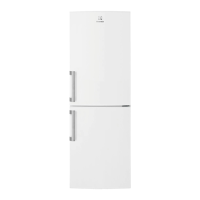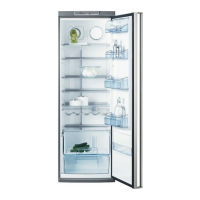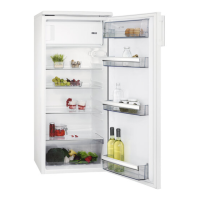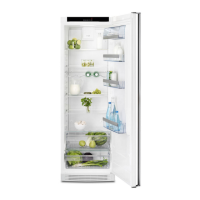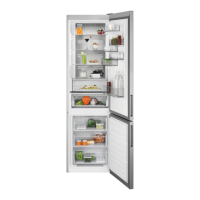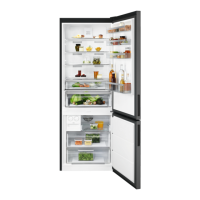42
WATER IN THE REFRIGERATION SYSTEM
Even in very small quantities, water in any refrigeration
system can cause the following problems:
• Ice plugs in capillary tubes.
• Copper plating in compressor.
• Reactions with organic materials in systems.
• Corrosion of metals.
R-134a and Ester oil will aggravate the problem of water
in the refrigeration system. Ester oil may react with
water vapor and is hydroscopic (it will absorb water if it
comes in contact with humid air). Water is also more
soluble in R-134a than R-12.
To minimize the water content whenever service work is
performed, the refrigeration system should always be
thoroughly evacuated through process tube adaptors on
both the high and low sides of the system. Evacuation
must be for a minimum of 30 minutes to at least a 29.9
inch (500 micron) vacuum.
VACUUM CHART
Vacuum
Inches Hg.
Microns
Boiling Point
of Water °F
28.940 25000 77.9
29.530 10000 52.0
29.832 4600 32.0
29.882 1000 1.0
29.901 500 -11.2
29.915 150 -32.8
29.917 100 -38.2
29.919 50 -49.0
To achieve the required 29.9 inch (500 micron) vacuum,
a properly maintained two-stage vacuum pump in good
condition is required. A two stage pump can reach a
deeper vacuum than a single stage because the exhaust
from the first pumping stage is discharged into the
second pumping stage. This means the second stage
begins pumping at a lower pressure so a lower ultimate
vacuum can be achieved (See 2-Stage Vacuum Pump,
Figure E3).
2-Stage Vacuum Pump
VACUUM PUMP MAINTENANCE
It is absolutely essential to maintain your vacuum pump
according to the manufacturer’s instructions including
required oil changes at the recommended intervals.
Vacuum pump oil should always be changed after
evacuating a contaminated system. Vacuum pump
performance should be checked periodically with a
micron gauge.
Vacuum pump suppliers may or may not recommend
changing the vacuum pump oil to the same type that’s
in the system being evacuated. Some manufacturers
may recommend a vacuum pump that’s dedicated to R-
134a systems.
Robinair has stated that their current and discontinued
vacuum pump models, using mineral oil currently
specified for use in their vacuum pumps, can be used to
evacuate R-134a/Ester oil systems. Robinair also states
that it is acceptable to alternate between evacuating
R-12/mineral oil and R-134a/Ester oil systems without
adversely effecting the vacuum pump’s performance.
For other brands of vacuum pumps, check with the
manufacturer for restrictions and guidelines when using
with R-134a.
CAUTION: If you use a vacuum pump with
mineral oil to evacuate an R-134a system, it is
ABSOLUTELY ESSENTIAL to have a shut-off
valve between pump and your manifold gauge
set as shown in Figure E4. The hand valve
must be closed during all times when vacuum
pump is not operating. This will prevent
migration of mineral oil vapor into R134a/
Ester oil system. If vacuum pump should stop
during evacuation for any reason, the hand
pump shut-off valve must be closed
immediately.
Figure E3

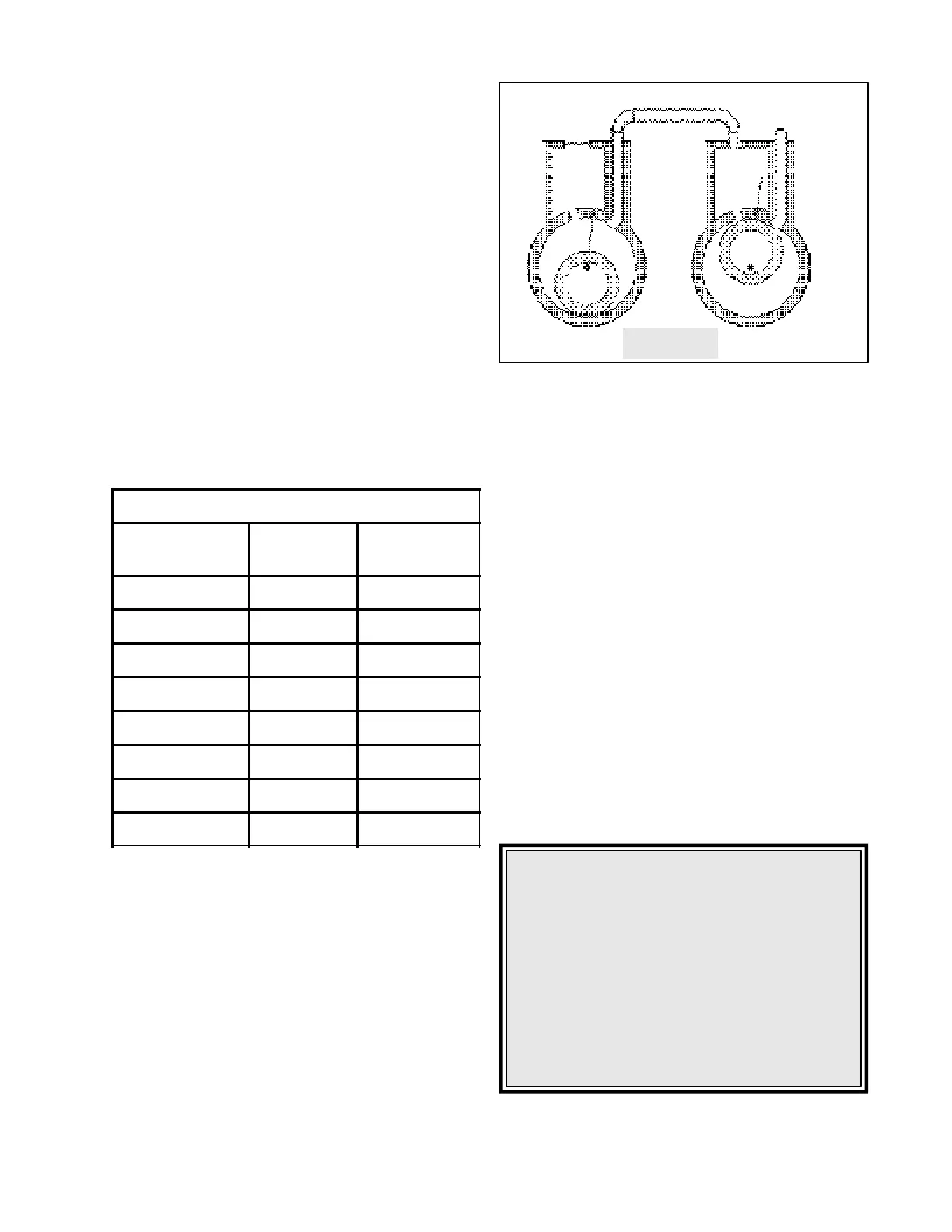